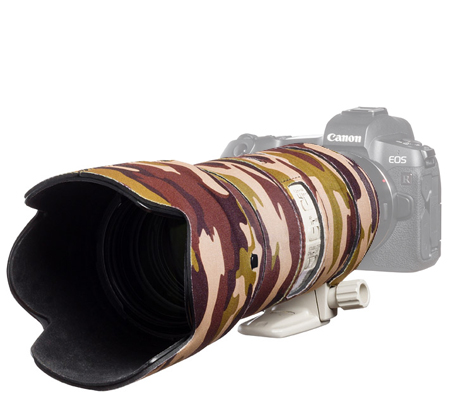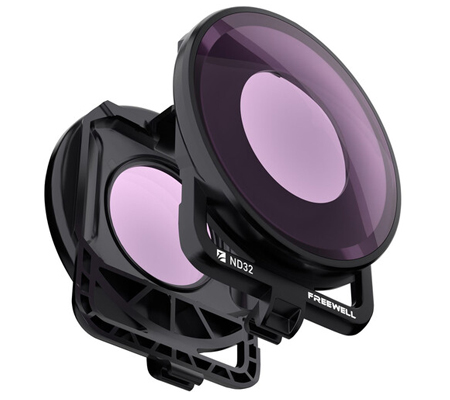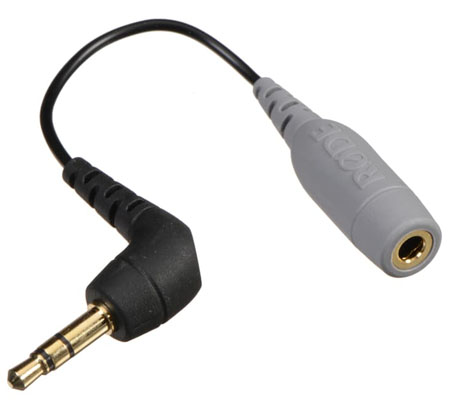
All the reach.
Half the weight.
Bird, wildlife, aviation and sports photographers, your moment of change has arrived. Experience the freedom of shooting at monumental distances without sacrificing mobility. Pack lighter and cover more ground. Shoot handheld while you're on the move. Track fast subjects with fluid precision and rock-steady VR. All with the extraordinary image quality of an S-Line NIKKOR Z lens at a price that's beyond extraordinary.
*The NIKKOR Z 800mm f/6.3 VR S is approximately 50% lighter than the AF-S NIKKOR 800mm f/5.6E FL ED VR when used with the Mount Adapter FTZ.
- S-LinePremium Optics
- 800mmSuper-Telephoto Prime
- 5.25 lbsLightweight
- PFPhase Fresnel Element
- VRImage Stabilization (5.5 Stops)1,2
- FXFull-Frame Z Cameras

Lighten your load.
At a mere 5.25 pounds and just over 15 inches, the NIKKOR Z 800mm f/6.3 VR S is the most mobile, comfortable handling 800mm super-telephoto lens we've ever created. You can even shoot it handheld. The secret is Nikon's proven Phase Fresnel element, which allows the lens to be lighter, shorter with fewer elements and pristine image quality.

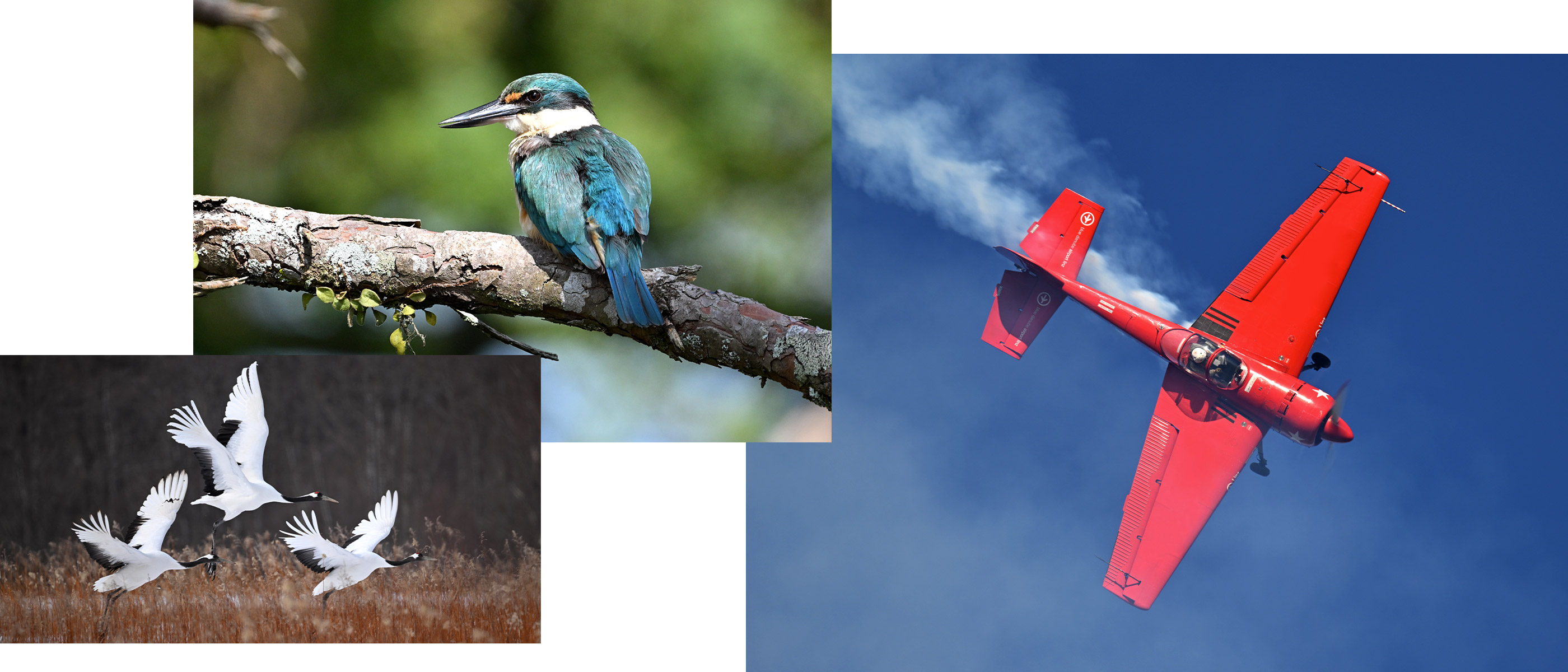
800mm. Conquer distance.
A long lens is a must when you can't get physically closer to your subject. Whether you're photographing birds and wildlife from the blind, framing tight compositions of banking planes from the ground or recording surfers from the sand, the NIKKOR Z 800mm f/6.3 VR S brings the action right to your viewfinder.

See even farther with Z teleconverters.
The NIKKOR Z 800mm f/6.3 VR S is compatible with the 1.4x and 2x Z series teleconverters. Increase your reach to 1120mm or 1600mm with outstanding resolution, no loss of focus points and very little extra weight and length.

Tight compositions with DX Crop Mode.
Switch your shooting area to DX Crop Mode, and the NIKKOR Z 800mm f/6.3 VR S takes on an angle of view equivalent to 1.5x the focal length—1200mm alone and up to 2400mm when using a Z series teleconverter.

Every detail matters.
The Phase Fresnel element is positioned to minimize ghosting. When combined with three Extra-low Dispersion (ED) elements and one Short-wavelength Refractive (SR) element, axial chromatic aberration is virtually eliminated. From the sharp contrast of small branches to the finest feathers of distant birds, every detail is rendered with stunning precision.
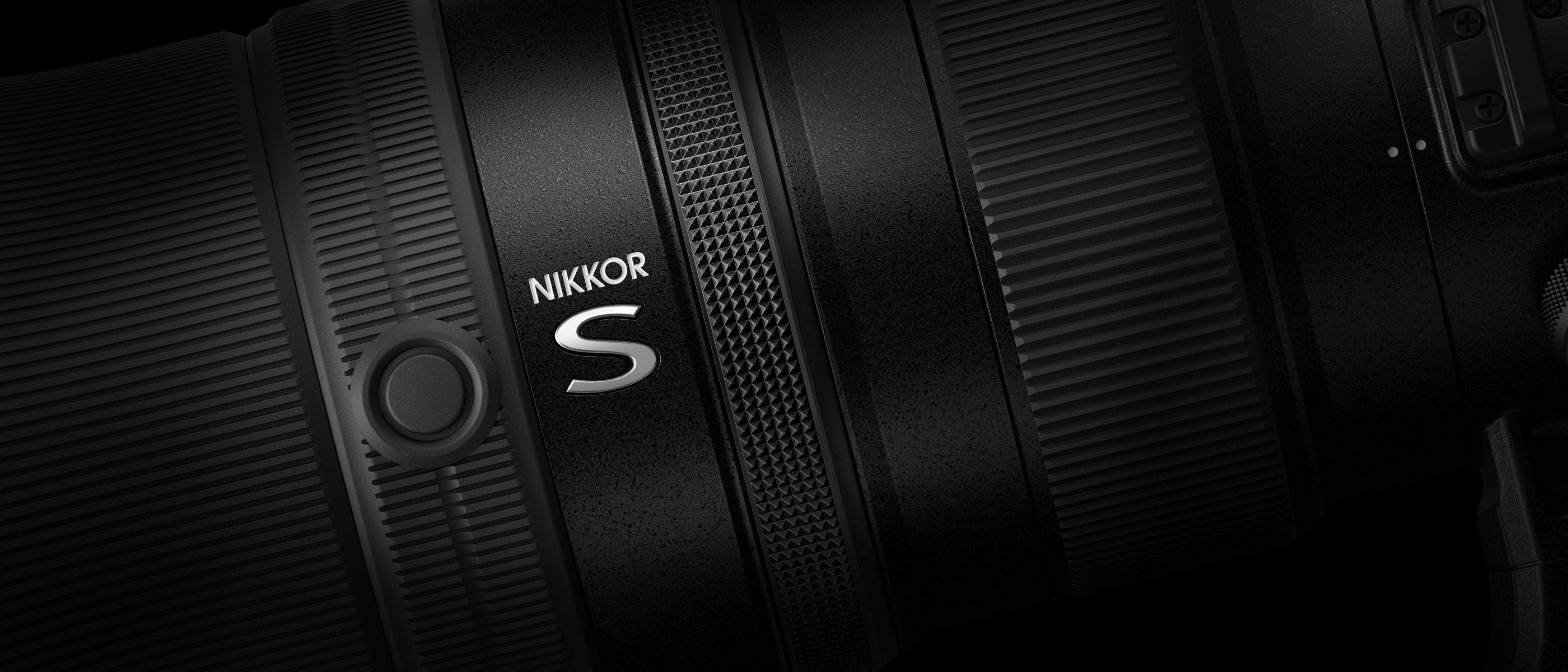
S-Line optics. Ultimate image quality.
The NIKKOR Z 800mm f/6.3 VR S bears the S-Line designation, reserved for premium NIKKOR Z lenses with the most advanced optics, superior resolution, beautiful bokeh, robust weather sealing and precision design.
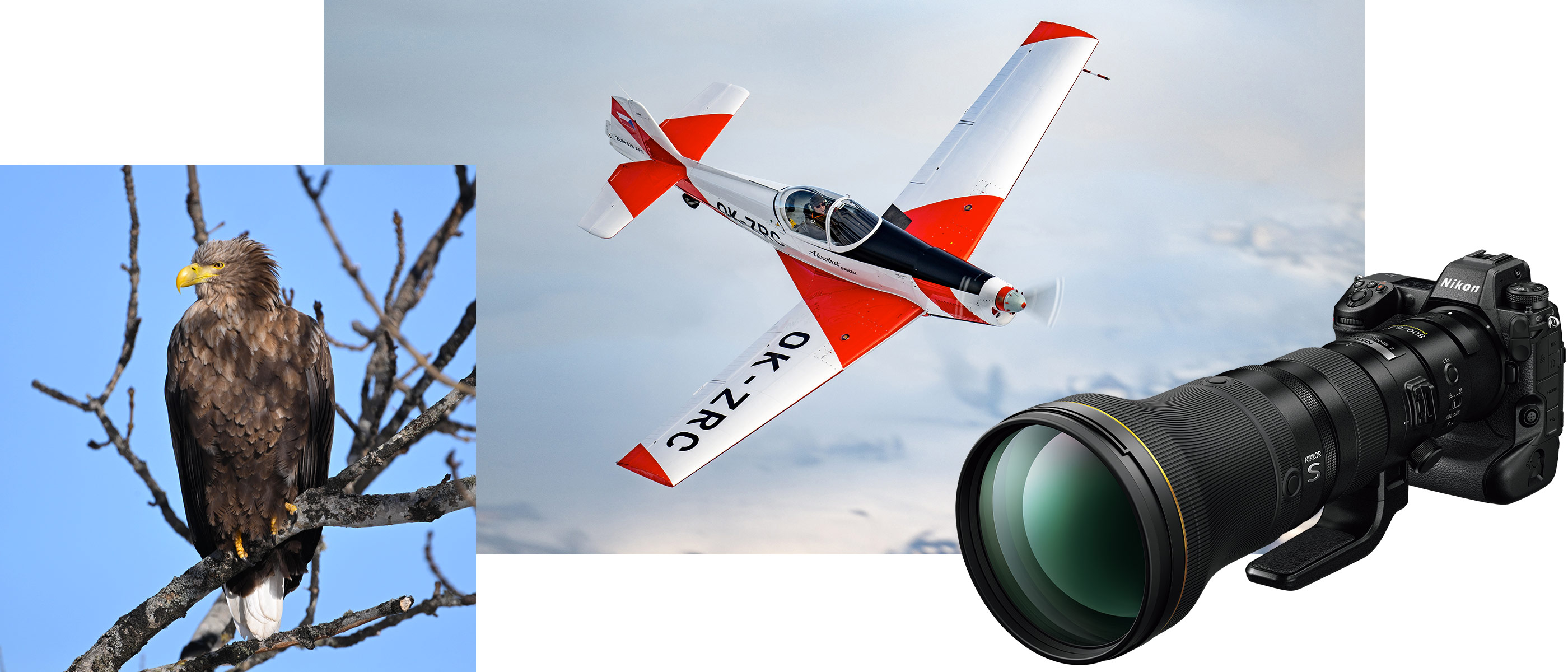
More reach with
impressive stability.
Even the smallest vibrations can soften details. Nikon's powerful in-lens optical VR compensates for vibrations—an effect equivalent to shooting at a shutter speed up to 5.0 stops* faster. When used with the Z 9, Synchro VR combines the in-lens and in-camera systems for up to 5.5 stops of VR.
*Based on CIPA Standard; in NORMAL mode; this value is achieved when attached to a mirrorless camera equipped with a 35mm film size image sensor.
Fluid panning and tracking.
The center of gravity on the NIKKOR Z 800mm f/6.3 VR S has been moved toward the rear of the lens, nearer the camera body. This optimal balance is ideal for quick acceleration during handheld panning and stopping your movement on a dime. Acquire and track fast-moving subjects with fluid precision.

Cut through glare.
When tracking subjects across the sky, we often encounter moments of glare or harsh backlighting. The NIKKOR Z 800mm f/6.3 VR S prevails in these moments, delivering sharp, high contrast images. Nano Crystal Coat (N) virtually eliminates internal reflections and cross-lighting, while the shape and placement of the PF element has been optimized to reduce ghosting.
Spectacular videos from any distance.
With its extreme reach, brilliant resolution and quiet focusing, the NIKKOR Z 800mm f/6.3 VR S opens new possibilities for long-distance videos. Optical VR keeps handheld shots steady, and suppressed focus breathing keeps the angle of view consistent while tracking subjects moving toward or away from you. Record 4K/120p with the flagship Z 9's 2.3x crop factor—equivalent to an 1840mm angle of view—for even more reach and incredible detail in slow motion.
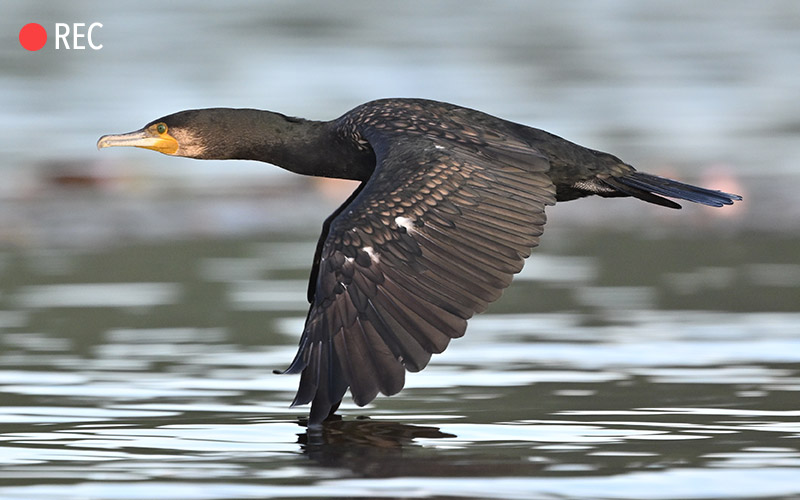
Fast, quiet autofocus.
The autofocus of NIKKOR Z 800mm f/6.3 VR S is optimized for shooting fast-moving subjects like birds, airplanes and jets in both stills and videos. Its high-speed Stepping Motor (STM) is extremely quiet during focusing and movie recording—perfect for capturing timid wildlife.
Nothing holding you back.
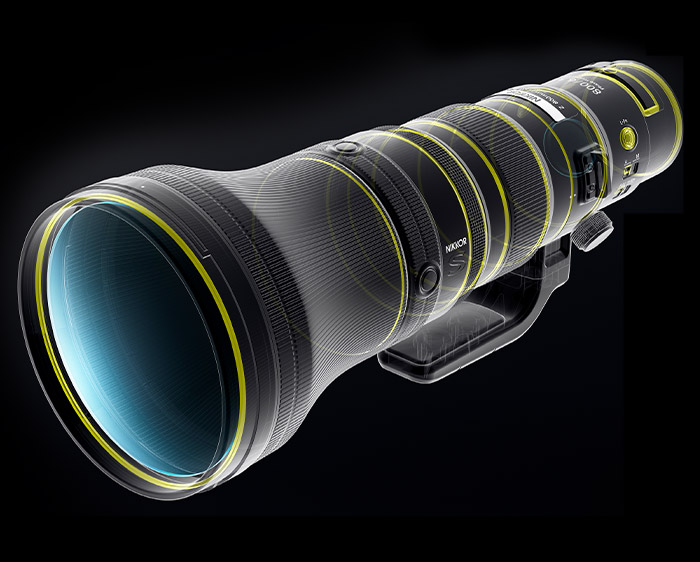
Advanced weather sealing.
Rubber gaskets keep dust, dirt and moisture out of moving parts, including the lens mount. The barrel is robust magnesium alloy, an ideal balance of strength and low weight. The front element has Nikon’s nonstick Fluorine Coat, which repels oil, moisture and smudges and easily wipes clean.
Perfect dustproof and waterproof performance is not guaranteed under all conditions.
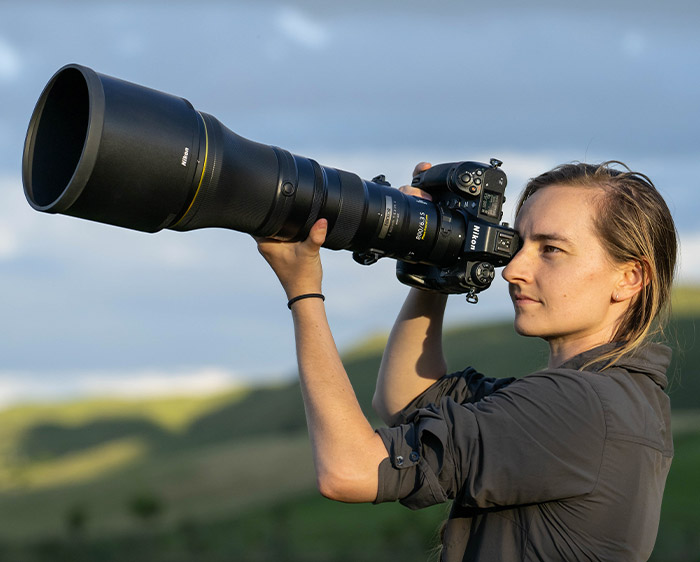
No-look controls.
The front grip encourages a stable, comfortable shooting posture, whether mounted to a tripod or shooting handheld. All buttons, rings and switches are designed with tactile details to help you quickly make adjustments without taking your eye off the viewfinder.
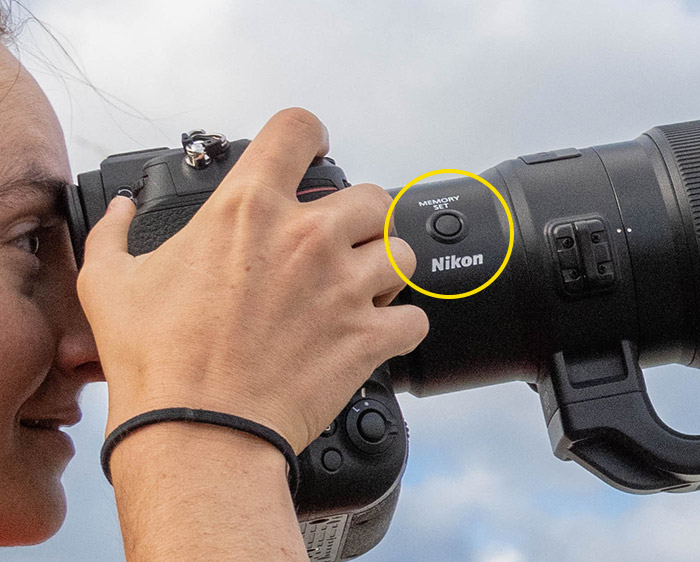
Recall stored focus positions.
When you know where the action will occur, like the moment a bird on a perch spreads it's wings, you can save a focus position with the Memory Set button*. As your subject approaches the decisive moment, instantly snap back to the saved position by assigning it to the Fn or Fn2 buttons.
Brilliant. By design.
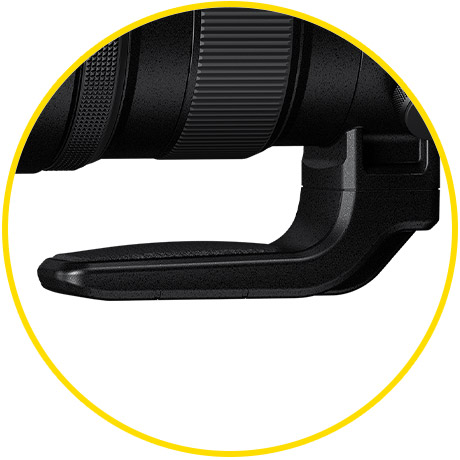
Reorient. Tripod collar
Smoothly rotate from vertical to horizontal shooting.
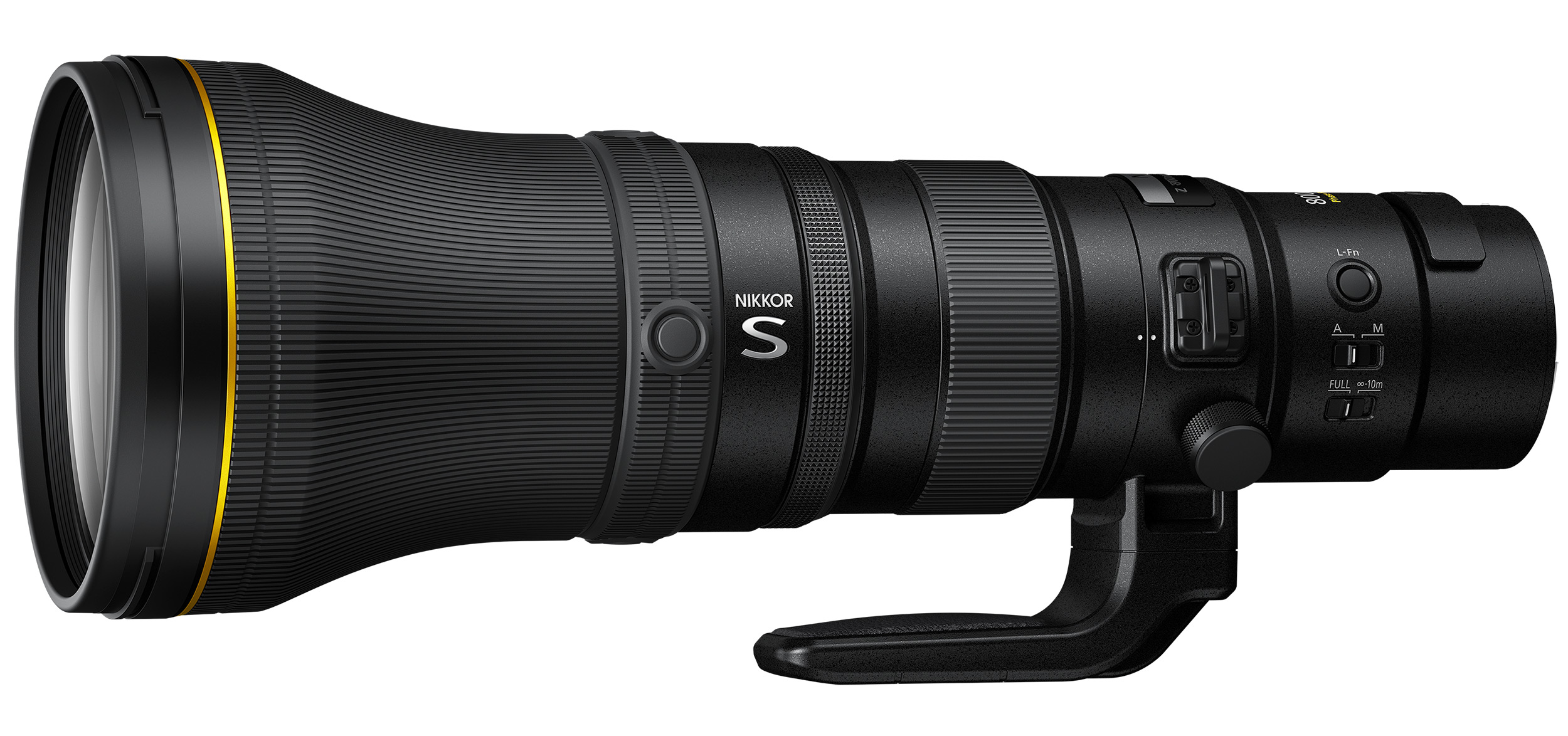
Reorient. Tripod collarSmoothly rotate from vertical to horizontal shooting.
Set boundaries. Focus limit.Activate to ignore foreground elements closer than 10 meters.
Fine tune. Manual focus ring.Seamlessly override the AF system with smooth, precise adjustments
Make it yours. Control ring.Smooth, precise and clickless. Manually adjust aperture, ISO or exposure compensation.
Shortcut. L-Fn buttons.Subject tracking, AF Lock, image playback and more can be mapped to two L-Fn buttons. For convenient reach, L-Fn2 is available from four separate locations around the lens barrel.
Secure. Kensington slot.Kensington security slot to prevent theft in remote shooting situation.
Convenient. Drop-in filters.Holds 46mm drop-in filters.
Technology

Phase Fresnel
Phase Fresnel (PF) lens elements effectively compensate for chromatic aberration and ghosting when combined with ordinary glass lens elements. The PF lens element is based upon the Phase Fresnel lens, which appears to have a series of concentric circles engraved onto it. Utilizing a Phase Fresnel lens element allows Nikon engineers to use fewer lens elements, resulting in a more compact and lightweight lens. Due to the characteristics of a PF (Phase Fresnel) lens that utilizes the photo diffraction phenomenon, when there is a strong light source within the frame or when light enters the lens from outside of the frame, ring-shaped colored flare may occur according to shooting conditions. This phenomenon can be minimized with “PF Flare Control” to be included in Capture NX-D (ver.1.1.0 or later). For more information, see software Help/manual. Capture NX-D is available from the Nikon website. Be sure to keep your software up to date.
Vibration Reduction
A Nikon in-lens technology that improves image stability by automatically compensating for camera shake. Lenses that offer VR will feature the abbreviation VR on the lens barrel.
ED (Extra-Low Dispersion) Glass
An optical glass developed by Nikon that is used with normal optical glass in telephoto lenses to obtain optimum correction of chromatic aberrations.
Short-Wavelength Refractive Lens
SR is a high- and specialized-dispersion glass lens that refracts light with wavelengths shorter than that of blue. By controlling short-wavelength light, the lens is able to achieve highly precise chromatic aberration compensation so that the colors in your images are more accurately reproduced. It also allows for more flexible optical designs, which allows for compact, lighter lenses to be designed.
Stepping Motor
NIKKOR Z lenses use a stepping motor for fast, accurate, smooth, quiet autofocus with reduced wobbling. This quiet drive system makes the lenses ideal for use when shooting video.
IF Lens
A NIKKOR lens in which only the internal lens group shifts during focusing. Thus, IF NIKKORS do not change in size during AF operation, allowing for compact, lightweight lenses capable of closer focusing distances. These lenses will be designated with the abbreviation IF on the lens barrel.
A/M
A/M stands for Auto-Priority Manual Mode. This mode also enables an easy transition from autofocus to manual during AF operation. However, mode switch sensitivity has been altered to reduce the possibility of sudden unintentional switching to manual focus while shooting.
Electromagnetic Diaphragm Mechanism
An electromagnetic diaphragm mechanism in the lens barrel provides highly accurate electronic diaphragm or aperture blade control when using auto exposure during continuous shooting.
Fluorine Coat
Photographers need gear that can withstand the elements. Nikon’s fluorine coat effectively repels dust, water droplets, grease or dirt, ensuring easy removal even when they adhere to the lens surface. Nikon’s fluorine coat endures a high frequency of lens surface wiping and its anti-reflective effect also contributes to the capture of clear images.
Nano Crystal Coat
An anti-reflective coating developed by Nikon that virtually eliminates internal lens element reflections across a wide range of wavelengths. Nano Crystal Coat solves ghost effects caused by red light and effectively reduces ghost and flare caused by light entering the lens diagonally.



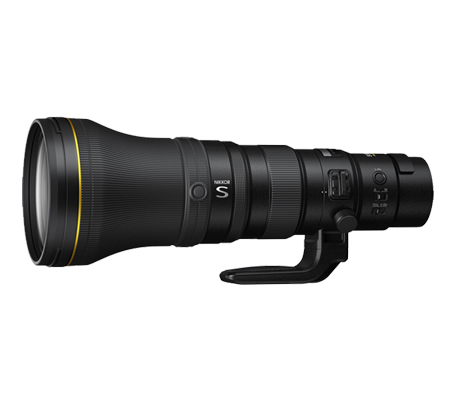
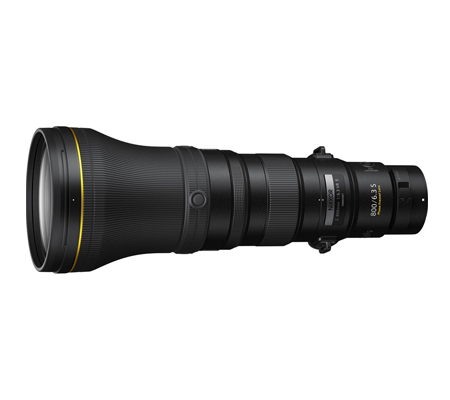
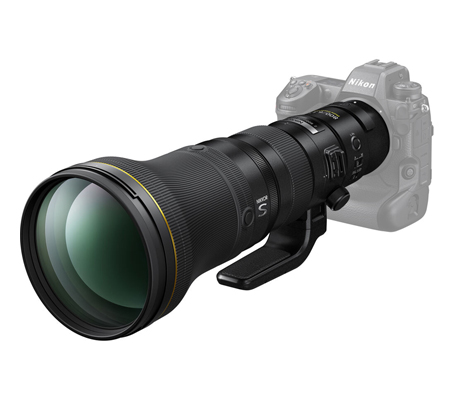
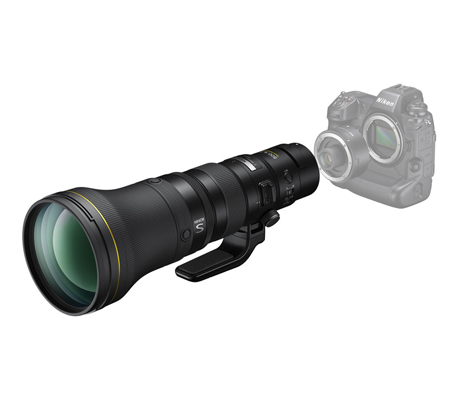
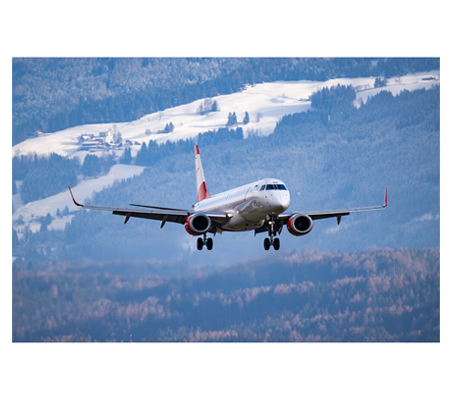





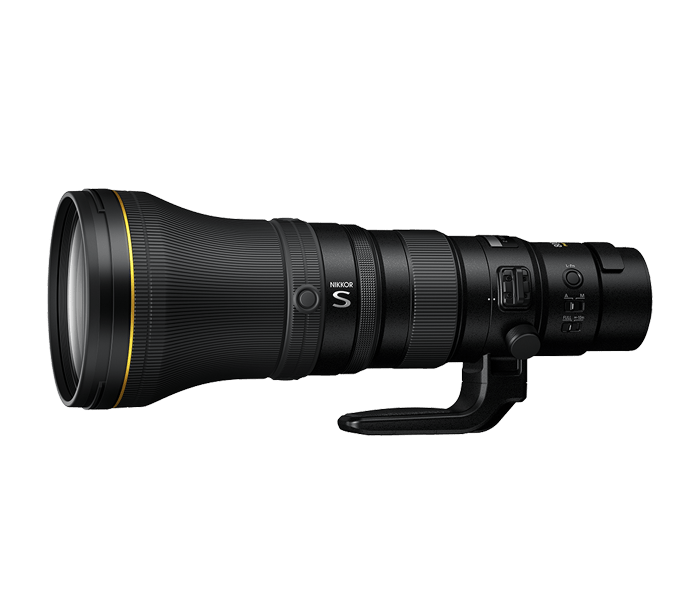
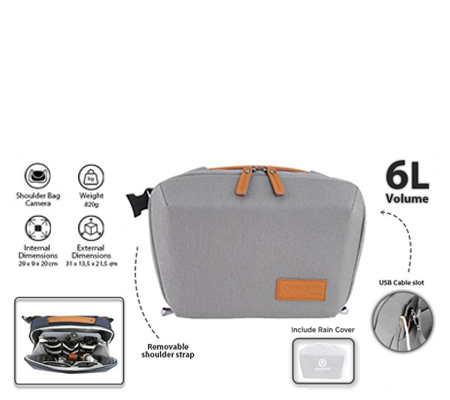
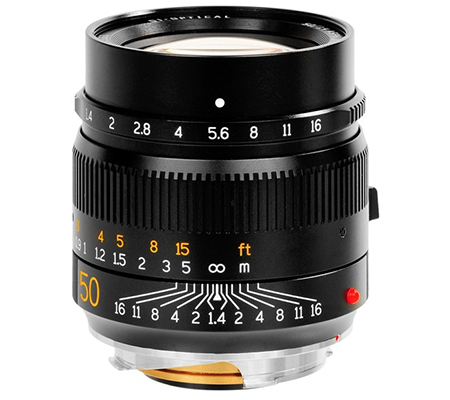
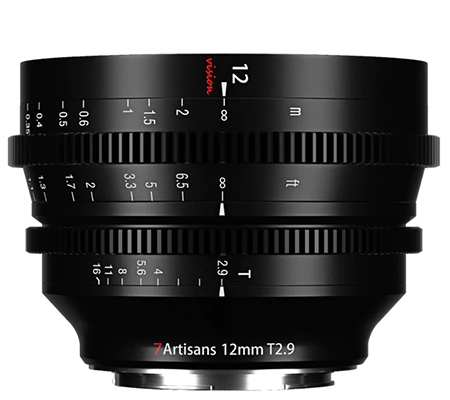
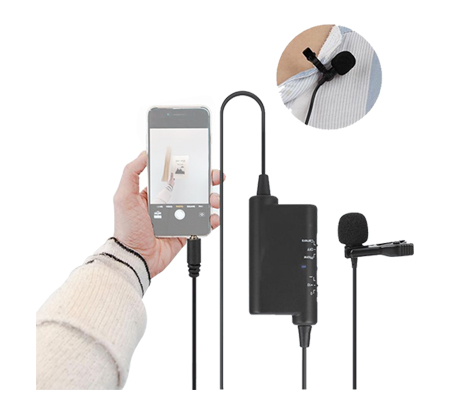
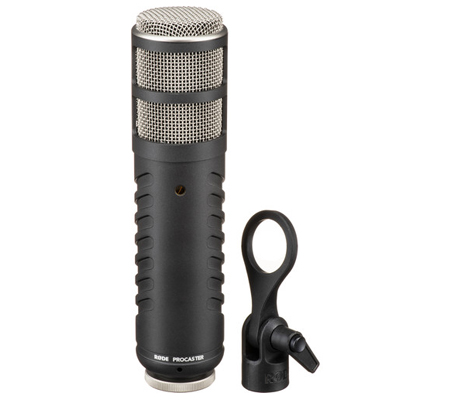
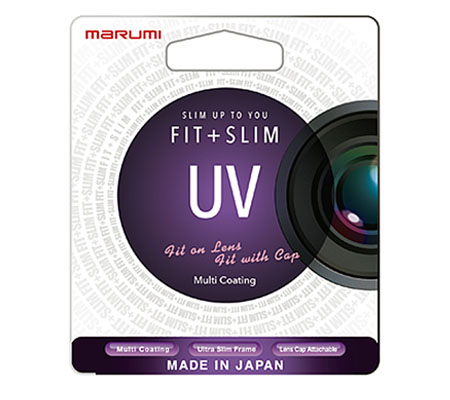
_Silver_1.jpg)
